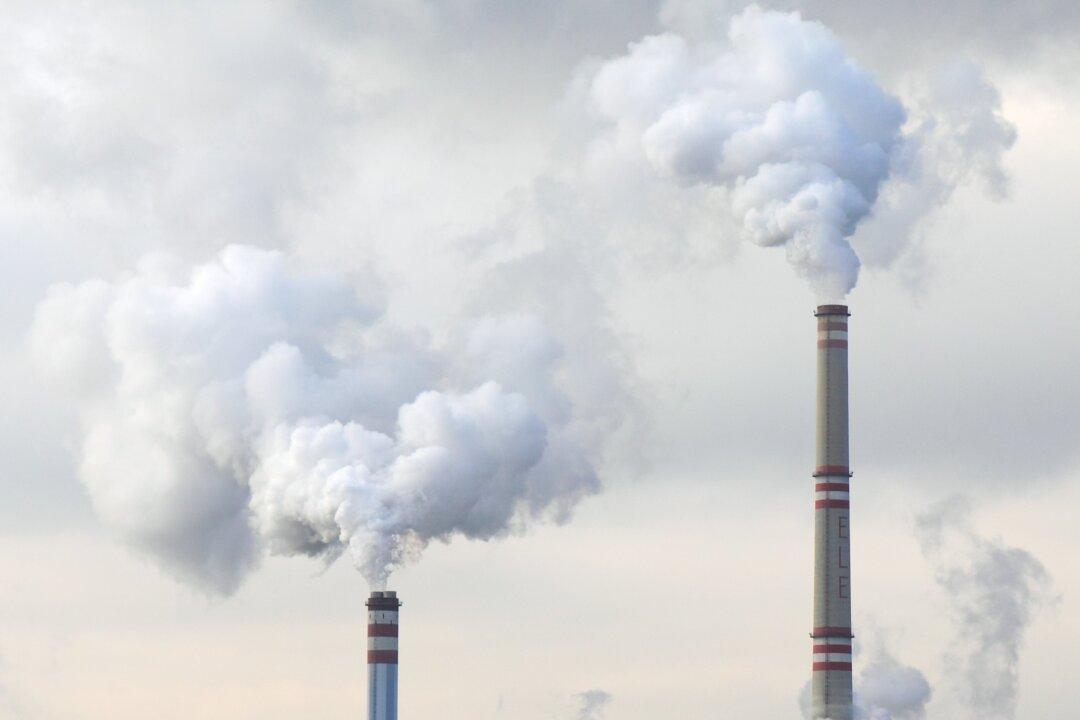Commentary
My colleague Steve Milloy, curator of the invaluable common-sense website Junk Science, sent me a link to a press release issued by the Center for Biological Diversity (CBD) last week. The CBD’s thundering press release cites a study that purports to demonstrate that the “University of North Carolina coal plant spews asthma-causing pollution.”





